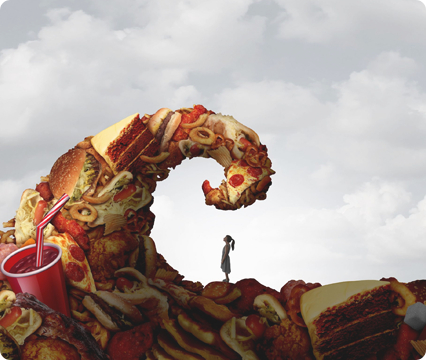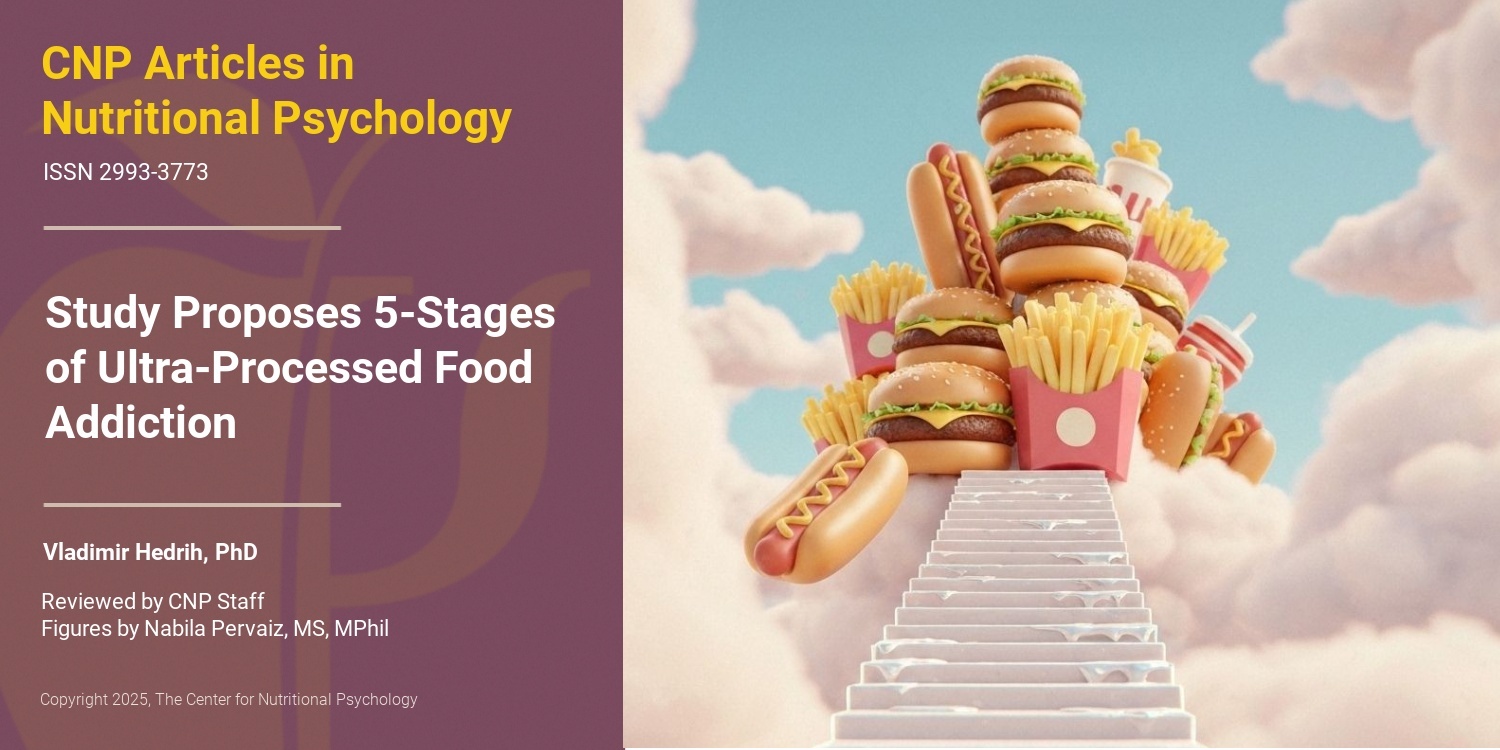Sugar-sweetened beverages and depressive and social anxiety symptoms among children and adolescents aged 7–17 years, stratified by body composition
Driven by a lack of evidence regarding the links between depression and anxiety in children and adolescents and the consumption of sugar-sweetened beverages (SSB), Liu et al. (2022) conducted their cross-sectional study on a sample of 1311 children and adolescents (girls n = 653, ages between 7-17) to explore any potential associations, especially concerning body stratification. Social anxiety scale for children (SASC) and Children’s Depression Inventory (CDI) were utilized to evaluate symptoms of depression and anxiety in children, while SSB intake was noted through questionnaires, and body composition using dual-energy X-ray (DEXA) bone densitometry. Initial data analysis revealed that 63.77% of participants consumed SSB at an average of 0.35 servings/day, while 29.75% suffered from social anxiety and 13.96% suffered from depression. Adjusting for confounders (sex, age, maternal smoking status, parental education status, BMI, income, single-child household, intake of fried foods, intake of fruits, physical activity, and screen time) revealed that participants who drank ≥1 serving/day suffered more depressive and anxious symptoms, however, that association was not statistically substantial. Furthermore, the authors discovered that children and adolescents with a higher body fat content or lower lean body mass had a higher likelihood of suffering from symptoms of depression when drinking ≥1 serving/day of SSB. The authors conclude that their findings demonstrate the impact of SSB intake on suffering from anxiety and/or depression in children and adolescents and that these observations were especially prominent in individuals with higher fat percentages or lower fat-free mass. [NPID: Sugar sweetened beverages, anxiety, depression, children, adolescents, dietary intake]
Year: 2022
 Navigation
Navigation






